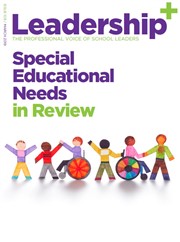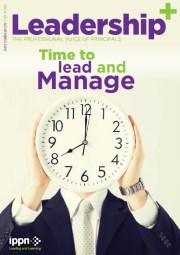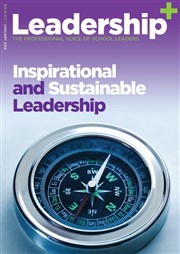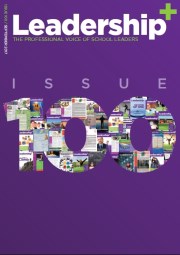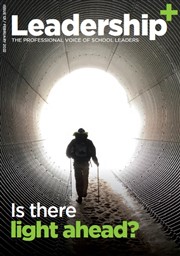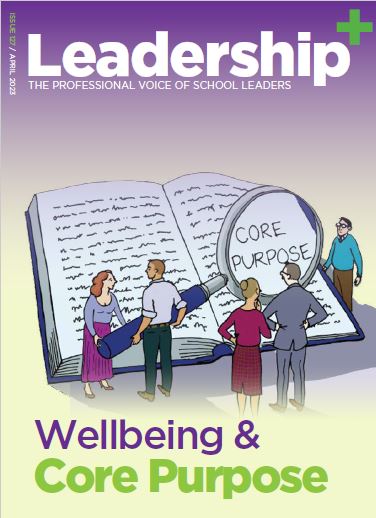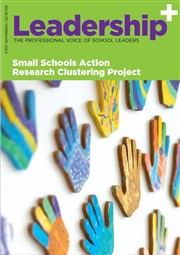New Resource Model
- Published: 19 January 2017
Note on the New Resource Model from Pat Goff
The GAM allocation will cease entirely as will the Resource hours allocations. Both of these allocations will now be replaced by the New Model. Every school will get a baseline of 20%. The level of support you have at present will at least be maintained for two years and possibly increased if you have a greater level of complex needs. The definition of complex needs that they are using for now are those children that qualify for low incidence hours under the current system.
The bottom line for every school is quite simple – what have we under the old model and what will we have under the new model? The fact that apparently no school will lose for two years gives us that time to properly assess whether the benefits outweigh the negatives, and also to see if resources are provided to make it work. Jim Mulkerrins of the DES who is leading this initiative will have a couple of interesting workshops at conference!
The proposed new resource model was announced by the Minister for Education. As most of you are aware this will replace the current GAM and Resource Hours model. Schools will no longer have to submit reports for low incidence hours. However schools still need to apply for SNAs in the normal fashion. 900 new teachers are to be employed in support teaching – the reason here is to ensure that schools do not lose resources for the next two years, even if the new model says that you should. What this means is that what you have in staffing at present for support is what you will likely have for the next two years. In year three all schools will be re-profiled taking into account the leavers from 5th & 6th class and also the newcomers in Junior & Senior Infants.
All existing clusters will cease at the end of this school year. There will only be one type of support teacher in that GAM and resource hours can now be counted for a full-time post and not treated as separate entities as in the past.
The breakdown of the allocation is as follows:
- 20% of the national 'pot' of support teachers will be allocated to schools depending on size.
- 50% will be based on Complexity of Need (These are the schools' low incidence hours for now)
- 22% will be based on an aggregate of two years' standardised test scores (14/15 & 15/16)
- 4% will be based on disadvantage profile
- 4% will be based on gender.
Jim Mulkerrins, Principal Officer in the DES' Special Education Section, will attend the IPPN conference to detail the changes and answer any queries in relation to the new model.







